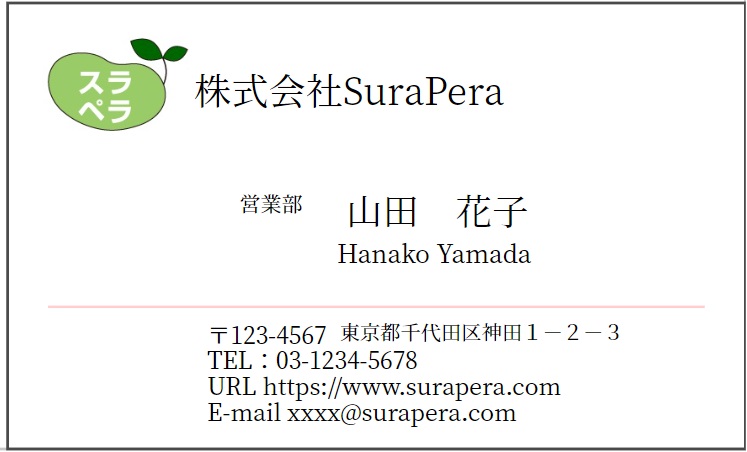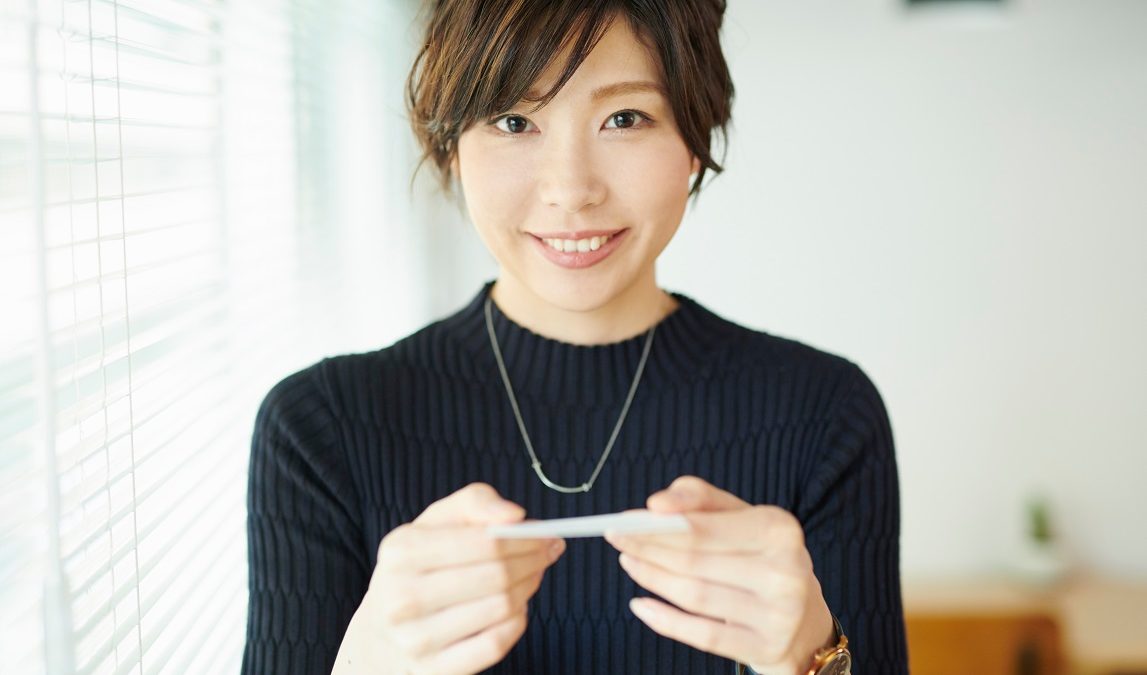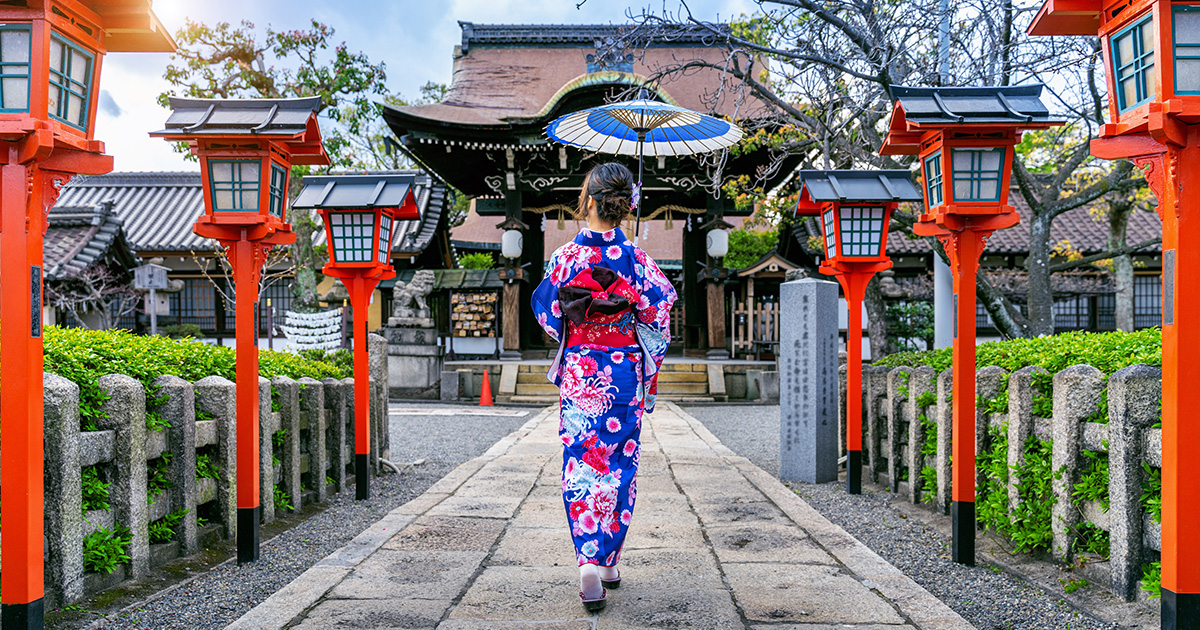Some of you may have learned how to call Japanese names, but can’t remember the complicated rules.
It is true that there are many rules for addressing Japanese people and it is somewhat hard to remember them, but you are fine if you just remember one rule Last name + “San”.
This post introduces the basics of how to address other people in Japanese and explains why it is OK with just one rule Last name + “San”.
Order of Japanese names
As We mentioned above, Japanese people can be called by adding “San” to their last names, but in the first place, do you know which one is the last name?
Japanese names are written in the “last name – first name” order, so the one at the top is the last name. When Japanese people introduce themselves in Japanese, it is common to give only their last name.
e.g. Yamada Hanako
“Yamada” is the last name, “Hanako” is the first name
Japanese who were born in Japan are not legally allowed to have a middle name, so they usually do not have a middle name.
*Japanese who were born outside Japan and have a middle name are allowed to have a middle name.
There is quite a few countries in the world that use the “last name – first name” format. Other countries include China, Korea, Mongolia, and Vietnam in Asia, and Hungary in Europe.
The name order changes when Japanese people write their names in English
Note that many Japanese change the order of their names to “first name – last name” when writing their names in English.
In Japanese: 山田 花子 (Yamada Hanako)
In English: Hanako Yamada
Typical self-introduction:
はじめまして。山田です。(Nice to meet you. I am Yamada.)
As shown below, business cards of Japanese business persons often have their names written in reverse order in Japanese and English.

The “first name – last name” order was first adopted in the late 19th century (Meiji Era in Japan) when the Roman alphabet became popular in Japan. This was due to the national policy that they should follow Western formats. Although English textbooks have changed to use the “last name – first name” format since around 2000, most Japanese people still write in the “first name – last name” order.
In 2019, the Japanese government announced that Japanese people should use the “last name – first name” format when writing their names in English. Then, the government decided that from January 2020, names are written in the “last name – first name” order in passports and other official documents.
The government have also requested that news media to use the “last name – first name” order when writing Japanese names in English news (e.g., Prime Minister Kishida Fumio). At the Tokyo Olympic games held in 2021, the names of all athletes, not just Japanese, were written in the “last name – first name” order.
The reason for this change is that it is common practice in countries other than Japan, where names are written in the “last name – first name” order, to write names in English in the “last name – first name” format as well. Moreover, the government thinks that the culture of own country should be respected as the internationalization is expected to expand in the future.
Unfortunately, the Japanese government’s intention has not been well received by the general public, and most people still write their names in English in the “first name – last name” order.
On the contrary, in some cases, both notations are mixed, such as “last name – first name” for passports and “first name – last name” for credit cards, making it even more complicated.
Basic rules of addressing Japanese people
In Japan, the basic rule is to call a person by their last name with an honorific title suffix. The following table summarizes the basic rules for addressing a person.
| Who to address | Addressing rules |
|---|---|
| Adults who are not close friends | Last name + San e.g. Yamada-san |
| (In business) your bosses | Last name + job title or job title only e.g. Yamada-bucho (manager) or Bucho |
| (In business) your colleagues | Last name + San e.g. Yamada-san |
| (In business) your clients | Last name + title or last name + Sama e.g. Yamada-bucho or Yamada-sama |
| Customers of the store where you work | Last name + Sama *Okyaku-sama (customer) if you do not know the customer’s name e.g. Yamada-sama or Okyaku-sama |
| Teachers | Last name + Sensei or Sensei only e.g. Yamada-sensei or Sensei |
| Professors | Last name + Sensei or Sensei only e.g. Yamada-sensei or Sensei *not often but they may be addressed by last name + Kyouju (professor) or Kyouju only e.g. Yamada-kyouju or Kyouju |
| Doctors | Last name + Sensei or Sensei only e.g. Yamada-sensei or Sensei |
| Girls (up to about elementary school age) | First name + Chan or last name+San e.g. Hanako-chan or Yamada-san |
| Boys (up to about elementary school age) | First name + Kun or last name + Kun e.g. Taro-kun or Yamada-kun |
| Friends | No specific rules Last name + San, first name + San, first name + Chan, first name only, last name only, nickname, etc. e.g. Yamada-san, Hanako–san, Hanako-chan, Hanako, Yamada, Yama-P |
If you can’t remember, just add the honorific “San” suffix to a last name
The important thing to remember when addressing Japanese person is to always address them by their name with an honorific title. Be aware that except for family and close friends, it is considered impolite to call someone by their name without an honorific title.
If you are not sure which honorific title to use, just call them by adding “San” after the name.
“San” is an honorific title, equivalent to “Mr.” or “Ms.” in English, and can be used for both men and women. Unlike “Mr.” and “Ms.,” “San” can also be attached to a first name.
Good: Yamada-san
Good: Yamada Hanako-san
Good: Hanako-san
The basic rule is Last name + San, but even if you use a first name instead of a last name and call a person by First name + San, it is not a problem. Many Japanese know that foreigners address each other by first name, so they do not think it is impolite.
Although “Sama” is a more polite honorific title than “San, “San” is also acceptable in business. However, if the person you are addressing is the president or other representative of an organization, it is better not to call them by Last name + San. You should address them by Last name + job title (e.g., Yamada-shacho (President Yamada)).
Conclusion
When calling someone by their name in Japanese, you can basically just add “San” to their last name. It is good to keep in mind that this is the same when writing e-mails.
Once you remember the rule Last name + San, try to gradually use other ways to call them.


